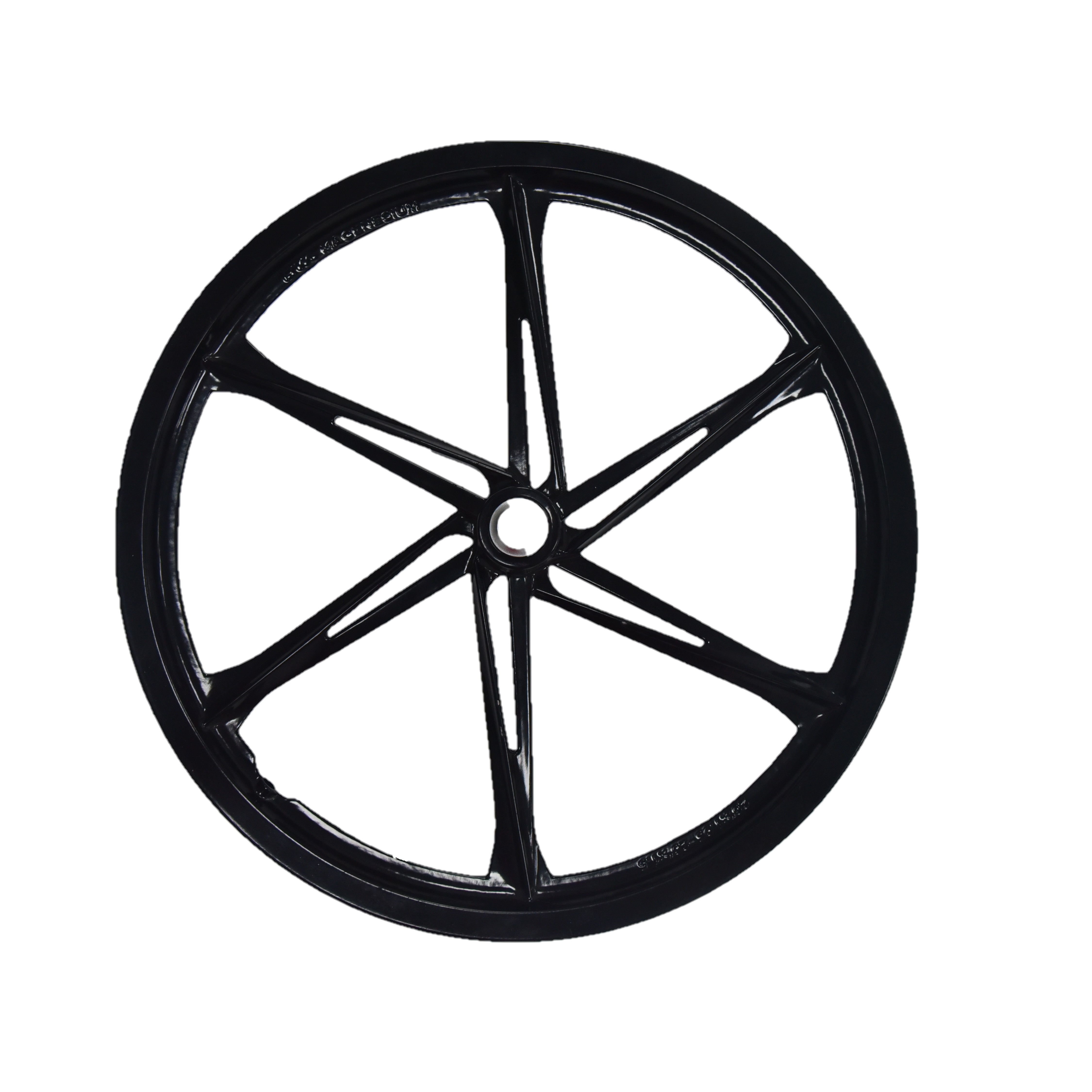Introduction:
Hot chamber die casting is a precision manufacturing process widely used in the industry to produce high-quality metal components. This article aims to provide a comprehensive overview of hot chamber die casting, its advantages, the process involved, and its applications.
1. Understanding Hot Chamber Die Casting:
Hot chamber die casting is a type of casting process that utilizes a molten metal injection system to produce complex and intricate metal parts. It is particularly suitable for producing small to medium-sized components with high accuracy and excellent surface finish. The process involves injecting molten metal into a die cavity under high pressure, followed by solidification, cooling, and ejection.
2. Advantages of Hot Chamber Die Casting:
Hot chamber die casting offers several advantages over other manufacturing processes, making it a preferred choice for many industries. These advantages include:
a. High Precision: Hot chamber die casting allows for the production of intricate and precise components with tight tolerances. This precision is achieved due to the high-pressure injection system, which ensures that molten metal fills every detail of the die cavity.
b. Cost-effective: Hot chamber die casting is a cost-effective method for producing large volumes of parts. The high production rate, coupled with minimal post-processing requirements, reduces overall production costs.
c. Excellent Surface Finish: The process ensures that the final products have smooth and even surface finishes. This eliminates the need for additional surface treatments and enhances the aesthetics of the components.
d. Versatility: Hot chamber die casting can be used to produce a wide range of materials, including zinc, magnesium, and aluminum alloys. This versatility allows manufacturers to choose the most suitable material for their specific requirements.
3. The Hot Chamber Die Casting Process:
The hot chamber die casting process involves several steps, each crucial for achieving the desired outcome. These steps include:
a. Preparation: The die casting machine is prepared by preheating the die to a specific temperature. This ensures proper metal flow and prevents premature solidification.
b. Injection: The molten metal, usually an alloy, is fed into the hot chamber machine, which consists of a furnace and a gooseneck. The metal is heated to a temperature above its melting point, ensuring it remains in a liquid state.
c. Injection and Solidification: Once the metal reaches the desired temperature, a plunger forces it into the die cavity under high pressure. The metal fills the cavity and solidifies rapidly due to the heat absorption from the die.
d. Cooling and Ejection: After solidification, the die is cooled, allowing the metal to contract and separate from the die. The component is then ejected from the die cavity, ready for further processing or assembly.
4. Applications of Hot Chamber Die Casting:
Hot chamber die casting finds applications in various industries due to its versatility and precision. Some common applications include:
a. Automotive Industry: Hot chamber die casting is extensively used in the automotive industry to produce components such as engine parts, transmission cases, and brake system components.
b. Consumer Electronics: Many consumer electronic devices, including smartphones, laptops, and cameras, rely on hot chamber die casting for the production of intricate and lightweight components.

c. Aerospace Industry: Hot chamber die casting is used in the aerospace industry to manufacture critical components like turbine blades, aircraft structural parts, and fuel system components.
d. Medical Equipment: The medical industry benefits from hot chamber die casting for producing surgical instruments, dental implants, and prosthetic devices.
Conclusion:
Hot chamber die casting is a highly efficient and precise manufacturing process that offers several advantages over traditional methods. It allows for the production of complex and accurate components with excellent surface finish at a cost-effective rate. With its wide range of applications, hot chamber die casting plays a vital role in various industries, contributing to the advancement of technology and innovation.
-

- Մագնեզիումի համաձուլվածքի թիքսոմոլդինգ ձուլման անօդաչու թռչող սարքերի մասեր
-

- Էլեկտրական հեծանիվ Մագնեզիումի խառնուրդ 12 դյույմ ինտեգրված անիվ 36v10ah Էլեկտրական մոպեդ
-

- Custom-made die casting parts&comopnents for bicycle suspension fork for MTB
-

- OEM բարձր ճնշման ձուլման մագնեզիումի համաձուլվածքի շրջանակ հեծանիվների համար
-

- Էլեկտրոնային հեծանիվների համար մագնեզիումի համաձուլվածքի ձուլման մասեր և բաղադրիչներ
-

- Մանգենիումի համաձուլվածքի ձուլում Thixomolding մետաղական մասեր

 0086-750-5616188
0086-750-5616188 +86 13392089688
+86 13392089688 sales@zhongmei-tech.com
sales@zhongmei-tech.com







